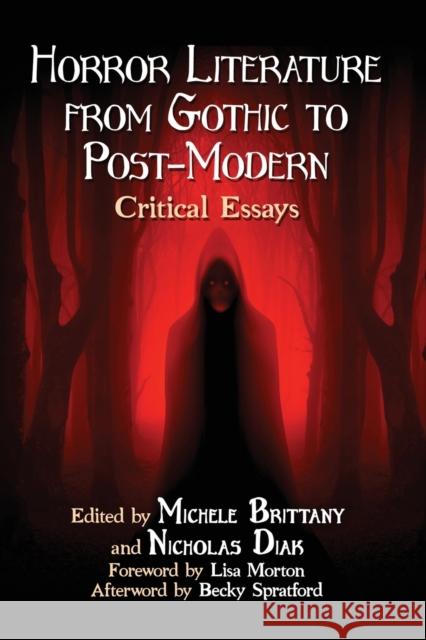Horror Literature from Gothic to Post-Modern: Critical Essays » książka
topmenu
Horror Literature from Gothic to Post-Modern: Critical Essays
ISBN-13: 9781476674889 / Angielski / Miękka / 2020 / 236 str.
Kategorie:
Kategorie BISAC:
Wydawca:
McFarland & Company
Język:
Angielski
ISBN-13:
9781476674889
Rok wydania:
2020
Ilość stron:
236
Waga:
0.32 kg
Wymiary:
22.35 x 14.99 x 1.78
Oprawa:
Miękka
Wolumenów:
01
Dodatkowe informacje:
Bibliografia











